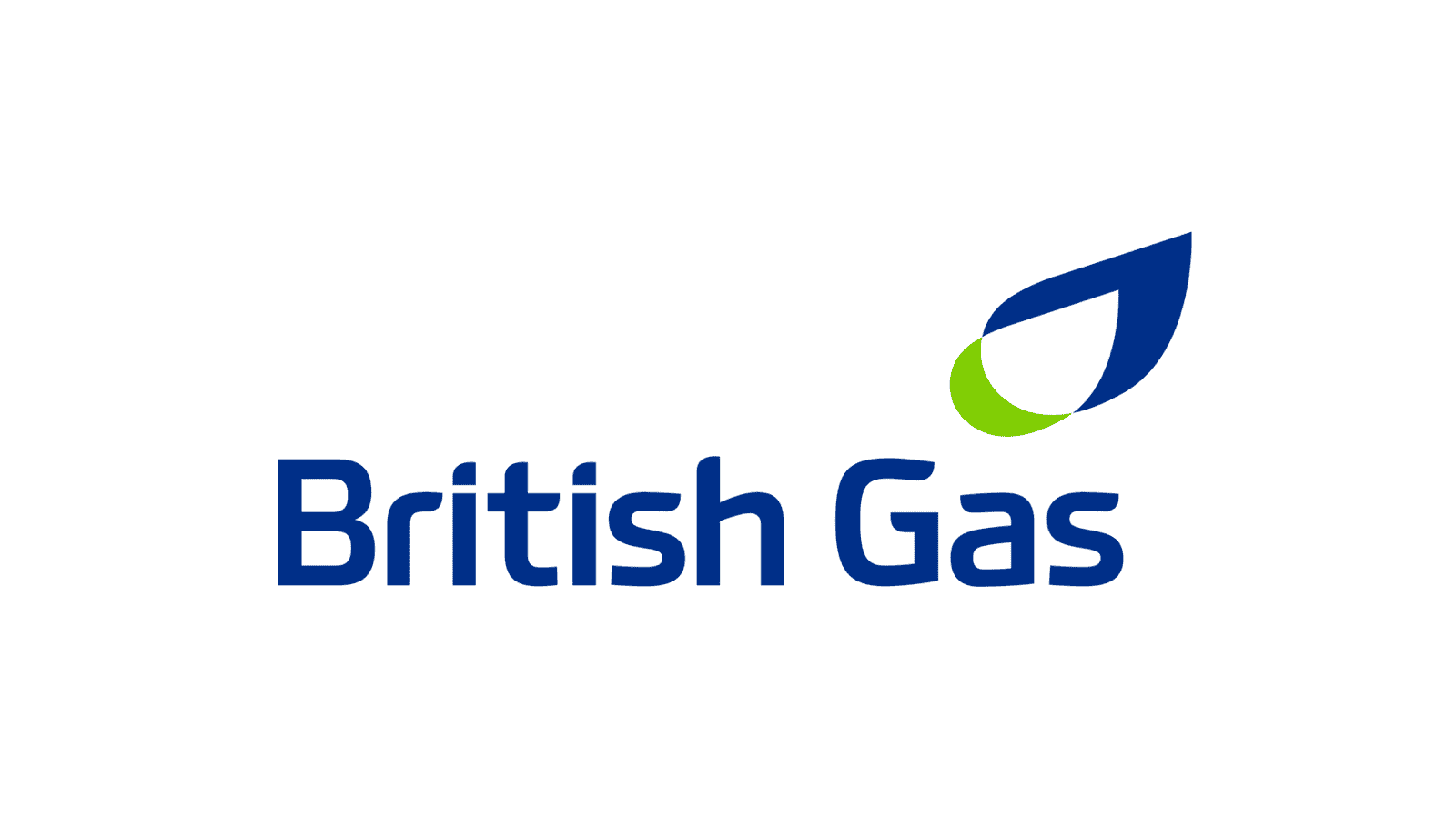- Uswitch.com>
- Gas and Electricity>
- Suppliers>
- British Gas Tariffs, Prices and Reviews - Uswitch
British Gas tariffs, prices, reviews and other information
Why choose British Gas?
British Gas is probably the best-known energy supplier in the UK. It is part of the Centrica Group, which was formed following the merger of British Gas plc in 1997. British Gas also operates under the name Scottish Gas in Scotland. Despite growth from suppliers like Octopus and OVO, British Gas is the biggest overall energy supplier in the UK with 20.3% of the electricity market and 27.8% of the gas market.
At a time when many customers are struggling with their energy bills, it’s worth noting that British Gas runs its own charity, the British Gas Energy Trust. The charity helps those in energy debt and other financial distress regardless of who their energy supplier is.
British Gas received a special commendation of Best Overall Improvement in Uswitch's 2024 Energy Awards for the steps it's taken to improve its Overall Customer Satisfaction score since 2023.
Some of the main reasons to choose British Gas include:
A range of tariff options from the most established provider on the market
If you fix now but a better fixed deal comes out later, you can swap to that one for free.
Half-price electricity every Sunday from 11am to 4pm
Access to the PeakSave demand flexibility scheme.
What tariffs are offered by British Gas?
British Gas offers a range of energy tariffs designed to meet the needs of as many energy users across the country as possible. British Gas prices often change but will largely depend on the type of tariff you opt for.
Fixed energy tariffs - unit rates and standing charges are fixed for the duration of the contract and cannot rise if wholesale prices rise. If wholesale prices drop, they will also stay the same.
Standard variable energy tariffs - unit rates and standing charges on British Gas standard variable tariff will rise and fall in line with the energy price cap.
Dual fuel tariffs - gas and electricity is provided by the same supplier as opposed to two different suppliers providing one fuel each.
Time-of-use energy tariffs - often used by electric vehicle owners, time-of-use tariffs offer a lower price for electricity use overnight (but a higher rate during the day). British Gas’s EV tariffs are also time-of-use tariffs.
Renewable energy tariffs - some energy deals use energy that comes from renewable sources, like solar, wind or hydro power. These deals are better for the planet than those which still use fossil fuels. Renewable electricity is increasingly common, but green gas is rarer.
Prepayment energy tariffs - with a prepayment meter, users pay for their energy upfront but when their credit runs out, they can’t use energy until it’s topped up.
Does British Gas charge exit fees?
British Gas charges exit fees on its fixed energy tariffs. They’re currently £100, making it an expensive decision to leave one of its fixed tariffs early. As always with fixed tariffs, though, exit fees are waived in the final 49 days of the contract, so you don’t need to wait until the end of the tariff to switch if you wish to do so.
Have British Gas energy prices risen in 2024?
To date in 2024, British Gas's energy prices have risen once in line with the energy price cap but then fallen again with the cap level dropping to £1,690.
Like most energy suppliers in the UK, British Gas standard variable tariffs have been subject to Ofgem's energy price cap since its introduction at the beginning of 2019. This cap sets the maximum price suppliers can charge for their standard variable tariffs, which are typically the most expensive tariffs on offer. British Gas has tended to price its standard variable tariffs at around the level of the energy price cap since its introduction at the beginning of 2019.
Do I need to do anything about British Gas price rises?
All customers on a British Gas standard variable tariff will be impacted by price rises or drops.
If you're on a fixed deal from British Gas, your rates will remain fixed for the remainder of the contract. But remember that you'll automatically be rolled onto a standard variable tariff when your fixed deal ends. Some fixed deals are available, but not in the quantities of a few years ago. Compare energy prices below to see if there's anything you could switch to.
British Gas 2024 reviews
As of May 2024, British Gas has a TrustPilot rating of 4.1 from over 196,000 reviews. With 54% of the reviews rated as five-star and 27% rated as one-star, it's clear that it's a polarising supplier where its longevity in the market and preconceptions that customers may have about it could be working against it. The good reviews highlight strong customer service and effective engineer call-outs.
What are British Gas’s other products and services?
In addition to supplying gas and electricity across its range of energy tariffs, British Gas offers:
Boiler and heating cover, repair and replacement
Home electrics cover and repair
Air source heat pump installation
Thermostat installation
Smart meter installation
Solar panel installation
Insulation.
Does British Gas offer energy-efficient products?
British Gas offers customers energy-efficient boilers or, for those who want to take the extra step to getting a greener home, air source heat pumps. It also provides solar panel and home battery installation for those who want to generate and store their own electricity.
Can I get a smart meter with British Gas?
British Gas customers can get a smart meter with British Gas regardless of whether they’re on a credit or prepayment meter. All you need to do is log into your account and book your appointment for an engineer to come and install the new meter, which shouldn't take more than a couple of hours.
How do I contact British Gas?
Users can contact British Gas by phone, live chat and email from its contact page. Phone numbers vary depending on the type of customer and customer number.
If the customer number begins with A or BGX:
Call 0330 080 3880 (Monday-Friday 8am-6pm, Sat 9am-2pm)
If the customer number begins with 85:
Standard credit customers can call 0330 100 0056 (Monday-Friday 8am-6pm, Sat 9am-2pm)
Prepayment customers can call 0330 100 0303 (Monday-Friday 9am-5pm)
Also check the British Gas Emergency Support page for emergency contact numbers and other help. It includes a dedicated line for meter emergencies (0333 009 6135, available 24/7).
Does British Gas have an app?
British Gas's app allows customers to do all the normal things associated with having an energy account, like submitting meter readings, paying bills and tracking energy usage. However, because the boiler side of its business is so important, it also allows customers to book engineer appointments for services and repairs and sign up to and manage boiler cover.
British Gas renewable energy
British Gas energy tariffs include various plans that feature renewable energy as a selling point. These green tariffs come in the form of offsetting carbon use (by funding projects dedicated to reducing carbon emissions) when customers buy gas, or matching electricity consumption by purchasing electricity generated from renewable sources.
Which providers are similar to British Gas?
Because British Gas is one of the new “big six” suppliers but is also the oldest supplier, the providers that are most similar to it will be other members of the big six, like EDF, E.ON Next, Octopus, OVO and ScottishPower. These providers offer a wide range of services including energy efficiency technology, insulation and boutique tariffs that go beyond the simple provision of gas and electricity.
How do I cancel my British Gas supply?
If there’s a deal you want to switch to, you can cancel your British Gas supply at any time. Remember that, if you’re on a fixed tariff, cancelling before the final 49 days of the contract will probably mean you have to pay an exit fee.
Is British Gas going bust?
It’s highly unlikely that British Gas will go bust. However, the energy market is challenging and unpredictable at the moment and there is a certain level of risk to some suppliers - find out why in our energy market Q&A guide.
Read more:

How do I read my British Gas bill? - Uswitch
No need to be confused by your British Gas energy bill. We break down an example bill to help you read your energy bill and cut through the confusion.
Learn more
Who supplies my gas or electricity? - Uswitch
Find out who your gas or electricity supplier is and which energy plan you are on with our step-by-step guide.
Learn more

